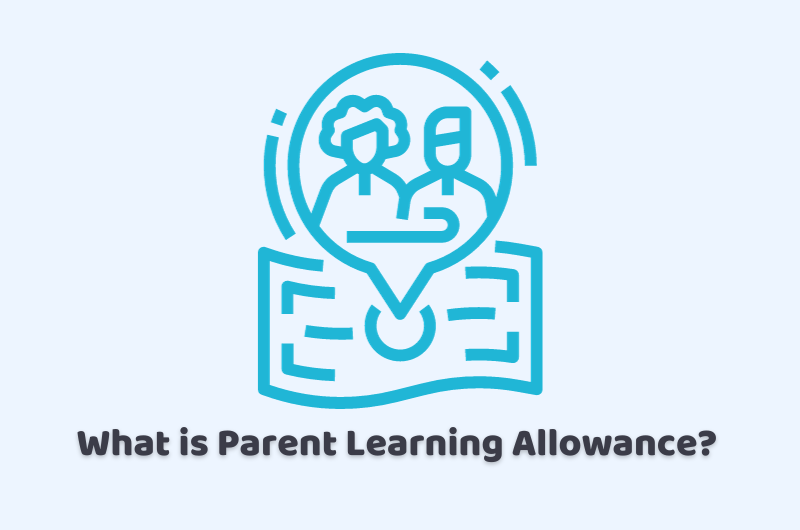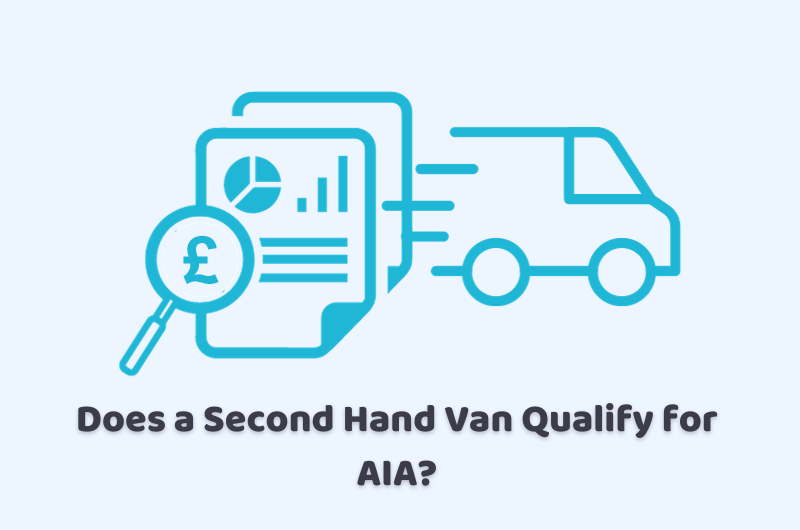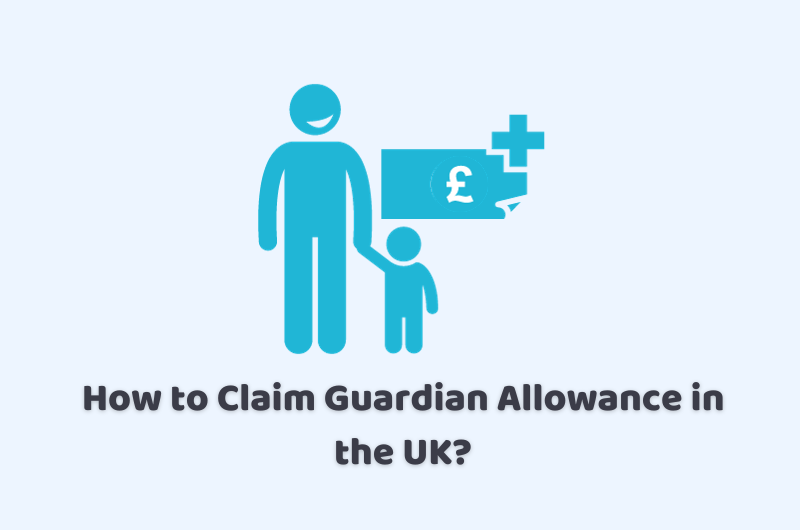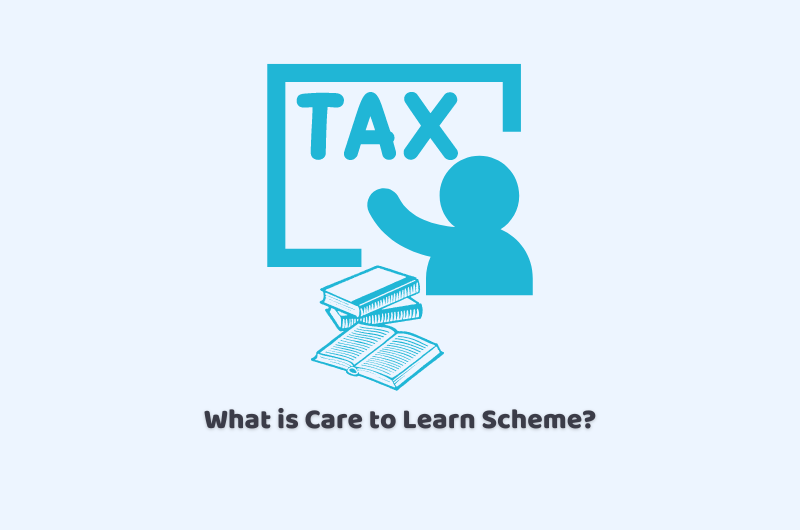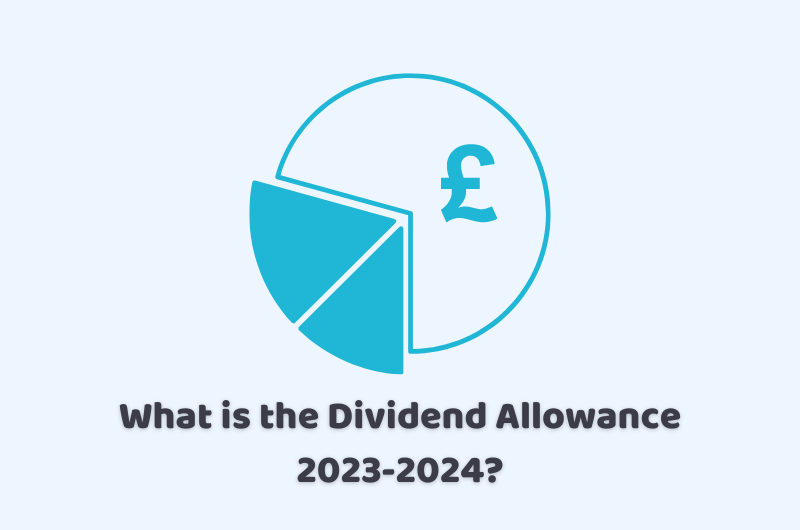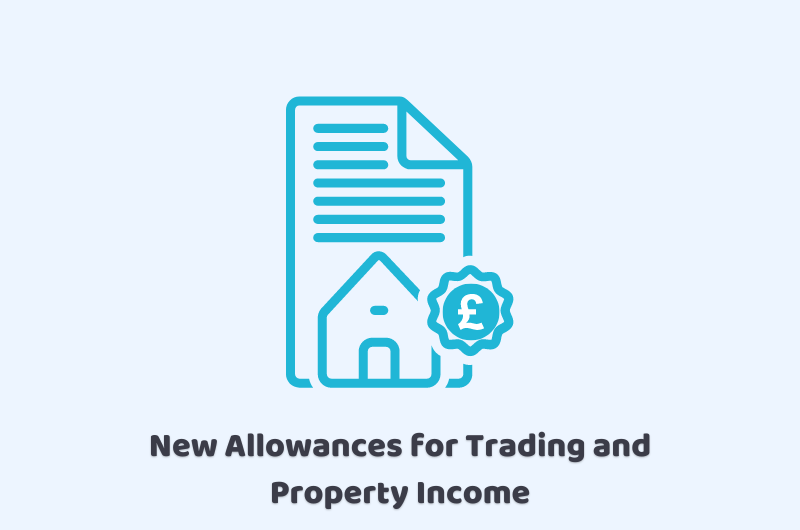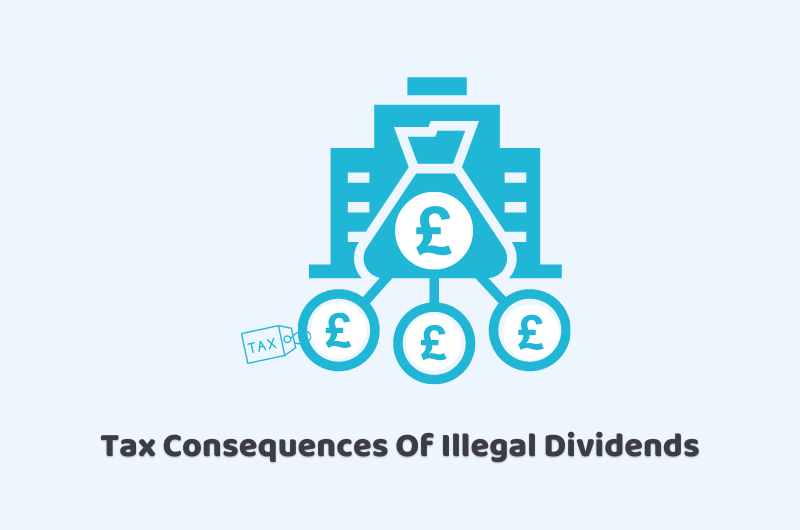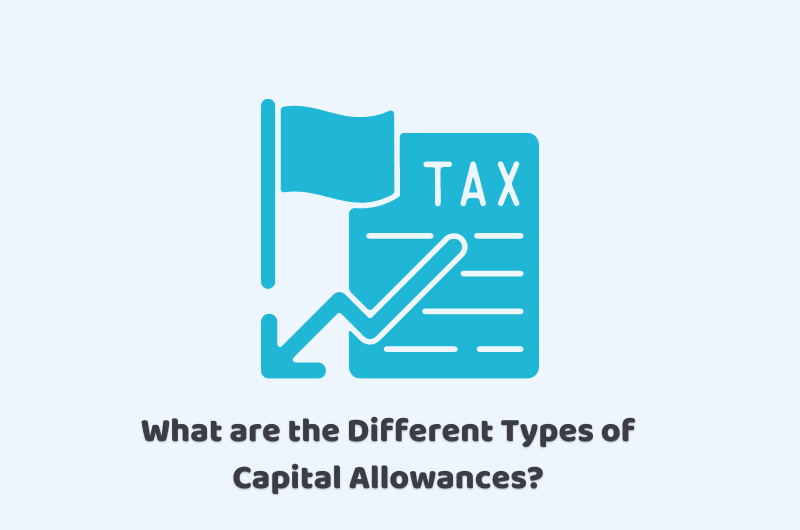25/01/2024Dividend Allowance
Today we will be discussing what is Carers Allowance, a benefit available in the UK to those responsible for providing care for someone who cannot look after themselves. Carers Allowance is an incredibly important benefit for those who provide vital care and support to others. It is designed to help those who qualify with modest …
Read more


